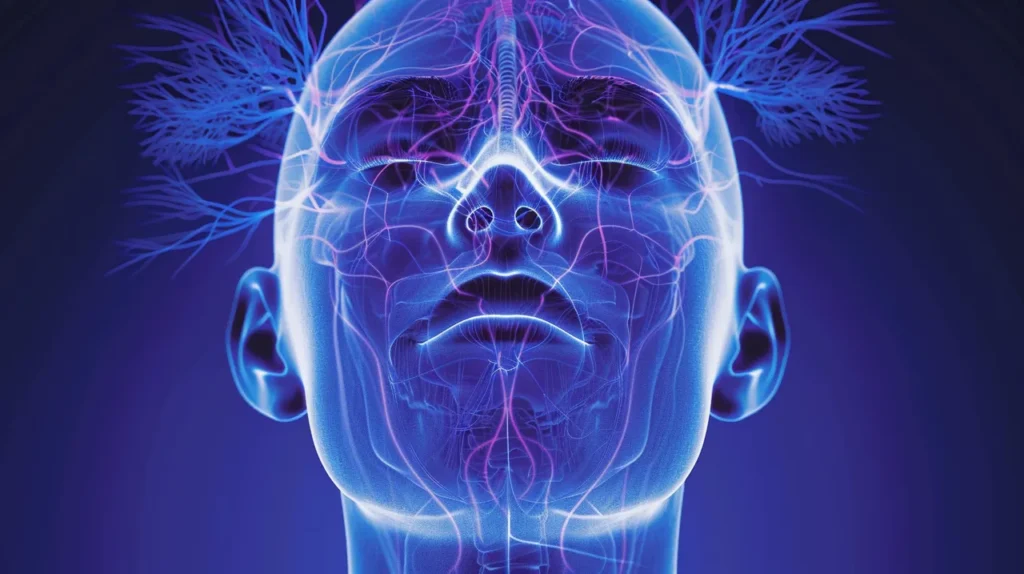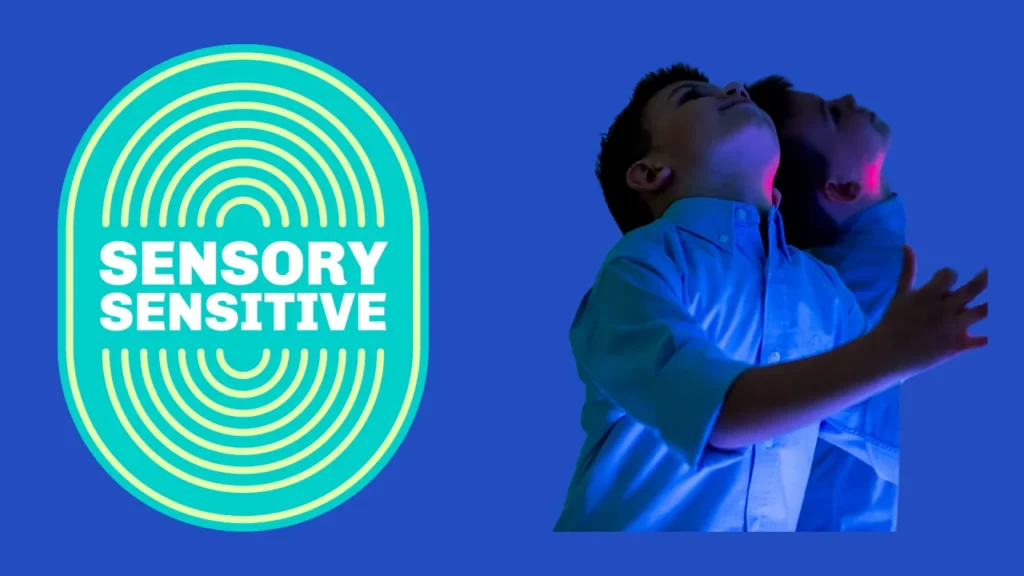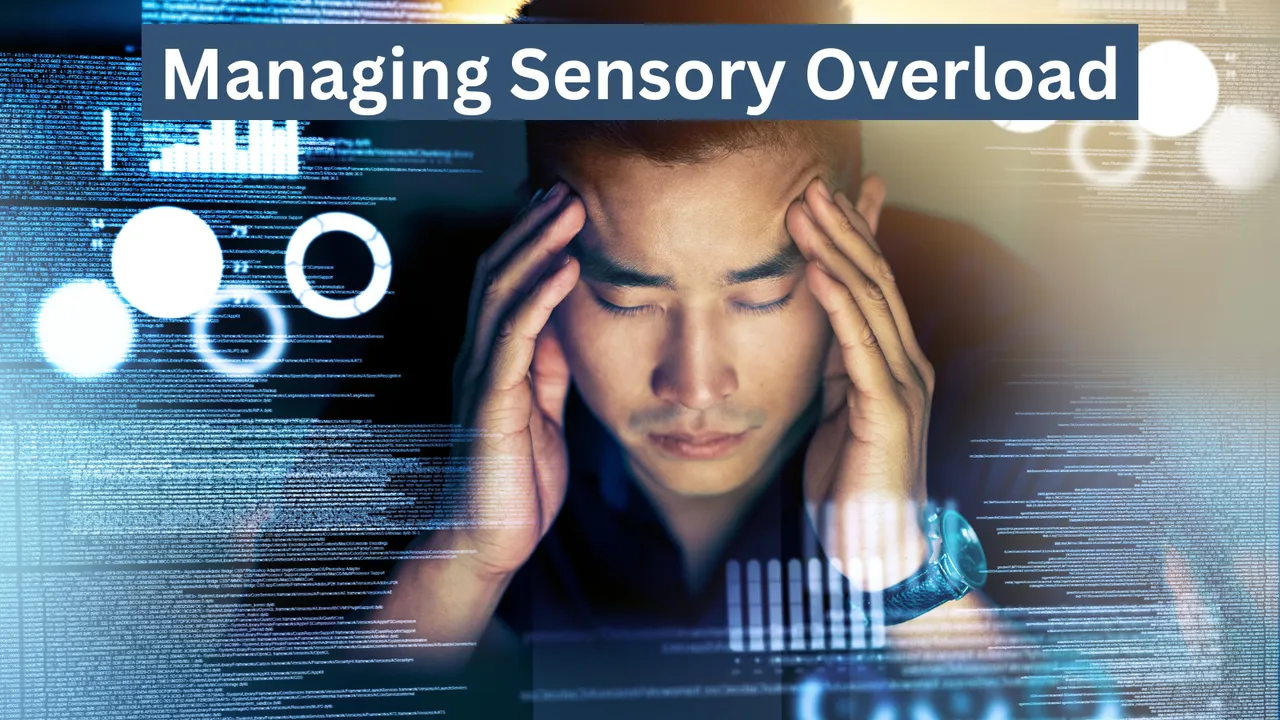What is ADHD Sensory Overload?
ADHD & Sensory Challenges: What to Know ADHD (Attention Deficit…
ADHD & Sensory Challenges: What to Know

ADHD (Attention Deficit Hyperactivity Disorder) affects attention, impulsivity, and hyperactivity, making it hard for people to focus in busy, noisy or crowded places. Symptoms can vary and impact daily life. Managing sensory overload is important to improve life quality. Sensory overload is common and intense for many people who have ADHD and sensitivity to stimuli can be overwhelming. Understanding and dealing with sensory overload is important.
Understanding Sensory Processing
Attention Deficit Hyperactivity Disorder can change how the brain processes sensory information, leading to a different way of processing sensory stimuli compared to people without the condition. In neurotypical brains, a filtering mechanism helps prioritize attention, but this process operates differently in people with ADHD, leading to unique sensory experiences.
The Science Behind Sensory Sensitivity and the Stress Response

Studies have found a link between ADHD and different ways of processing sensory information. This is seen in physical reactions like cortisol levels and electrodermal activity (EDA), as well as variations in brain areas related to sensory processing and attention. People with ADHD might have irregular cortisol release, causing periods of high stress followed by low cortisol levels. This inconsistency can worsen symptoms, making it difficult to handle stress and stay focused in stressful situations.
Sensory Sensitivity in ADHD: Over-Sensitivity and Under-Sensitivity
People with ADHD may experience sensory sensitivity in two main forms:
- Hypersensitivity (Over-Sensitivity): An exaggerated response to sensory stimuli such as loud noises or bright lights. This can lead to avoidance behaviors to escape these overwhelming environments.
- Hyposensitivity (Under-Sensitivity): A reduced sensitivity to stimuli, causing a desire for intense sensory experiences to compensate for the lack of stimulation.
Both hypersensitivity and hyposensitivity can profoundly affect daily interactions and the ability to perform tasks.
Hypothalamic-Pituitary-Adrenal (HPA) Axis
The HPA axis plays a big role in how the body handles stress. People with ADHD often experience dysregulation within this system, affecting cortisol levels and causing difficulties with emotions and senses.
How Sensory Processing Affects People

People with ADHD who are very sensitive to sights and sounds have a biological reason for their reactions. This sensitivity can cause them to react strongly to things that others find normal. Studies show that this increased sensitivity is linked to how the brain processes sensory information and emotions in areas like the amygdala and sensory brain areas. These brain areas may have strong or long reactions to sensory input, making people feel overwhelmed and leading them to avoid certain things or feel stressed.
Link Between ADHD and Autism Spectrum Disorder (ASD)
ADHD and ASD have similarities in how they process sensory information and may have shared genetic factors affecting brain development. It is important to understand this connection for diagnosing and treating these conditions effectively.
Symptoms Linked to Sensory Overload
People with ADHD may feel overwhelmed by too much sensory input because of their main symptoms: not paying attention, acting impulsively, and being hyperactive.
- Inattention may make it challenging for them to concentrate and ignore distractions.
- Impulsivity can cause quick and intense responses to sensory stimuli.
- Hyperactivity results in continuous engagement with their environment, leading to an influx of sensory information that may become overwhelming.
Effects of Anxiety and Stress
People with ADHD may become more sensitive to their surroundings due to anxiety and stress, leading to feelings of overwhelm. It is important to effectively manage anxiety and stress to help people ADHD cope with sensory overload.
Recent studies indicate that children with ADHD may have heightened physical reactions to stimuli, affecting their sensory experiences. Research has found that children with ADHD tend to have elevated sweat levels, showing increased sensitivity to their environment.
This heightened sensitivity can make it challenging for them to adjust to repetitive stimuli and stay focused. Children with ADHD may also have different levels of the stress hormone cortisol compared to those without the disorder. Fluctuations in cortisol levels in children with ADHD can contribute to an increase in behavioral issues during stressful situations. Controlling stress is essential to manage sensory overload.
Dealing with Too Much Sensory Input

It’s important to know what sets off sensory overload. Helpful strategies include:
- Create consistent schedules to minimize unexpected situations that could lead to sensory overwhelm.
- Employ sensory aids such as noise-canceling headphones or weighted blankets to help regulate sensitivity.
- Engage in relaxation techniques like mindfulness to manage stressful situations effectively.
Therapeutic Approaches
- Sensory Integration Therapy and Occupational Therapy can assist individuals in better managing sensory stimuli. Cognitive-Behavioral Therapy (CBT) and other behavioral interventions offer techniques to deal with sensory overload and enhance emotional and behavioral reactions.
Characteristics of Behavior and Neuroendocrine Function
Children diagnosed with ADHD may experience difficulties related to sensory processing both at school and at home, which can result in issues such as difficulty concentrating, disruptive behavior, and acting out. Sensory overload can worsen symptoms by activating stress hormones. Understanding this connection is essential for accurate diagnosis and treatment, which may involve stress reduction techniques and specialized interventions. It’s important to tackle both behavior and sensory problems to help kids with ADHD feel better.
ADHD Triggers and Tips
People with ADHD may have trouble with things like bright lights, loud sounds, uncomfortable textures, crowded spaces, strong smells, and certain tastes. It’s important to figure out what triggers your symptoms so you can create strategies to cope. Tips include sticking to routines, taking breaks, changing your environment, using relaxation techniques, trying sensory tools, taking care of yourself, and avoiding triggers when possible. Understanding how ADHD affects you and adjusting your strategies can make a big difference in your life and how you navigate the world.
Treatment Options for Sensory Sensitivity in ADHD
To help with sensory sensitivity in ADHD, different treatments can be used. Some options are:
- Sensory Integration Therapy: Using specific sensory tasks to help individuals react better to sensory input and process it more effectively, which can reduce sensitivity symptoms.
- Occupational Therapy: Offering support for daily activities and dealing with difficult environments by customizing interventions to meet specific sensory needs. Strategies may include changing surroundings or using tools like brushing therapy and weighted vests to regulate sensory input.
Therapies for Sensory Issues in ADHD

Cognitive-Behavioral Therapy (CBT) can help people with ADHD manage sensory challenges by looking at how thoughts, emotions, and sensory reactions are connected. It provides techniques to handle sensory overload.
Other Approaches:
- Medication: While there isn’t a specific medication for sensory issues in ADHD, certain medications for ADHD symptoms may indirectly help with sensory sensitivities. For example, stimulant medications can improve brain functions related to attention and sensory processing.
- Behavioral Strategies: Using methods like positive reinforcement, creating routines, and teaching appropriate responses to sensory stimuli can assist individuals in developing self-control and coping skills for tough sensory situations.
By combining different therapies, people with ADHD can get comprehensive support for their sensory sensitivities, which can improve their overall functioning. Working with therapists, teachers, and families is important to customize interventions based on individual needs for the best results.
Conclusion
It’s important to address sensory challenges in people with ADHD to improve their well-being. Using sensory therapies, adjusting environments, and seeking professional help can help manage sensory sensitivities. Getting help and doing research can help individuals with ADHD deal with sensory issues.
Useful Resources:
Share your thoughts in the comments to provide support and different viewpoints. Sharing personal experiences can inspire and help others. Let’s keep encouraging each other to better understand and manage ADHD. Thanks for reading.
/
